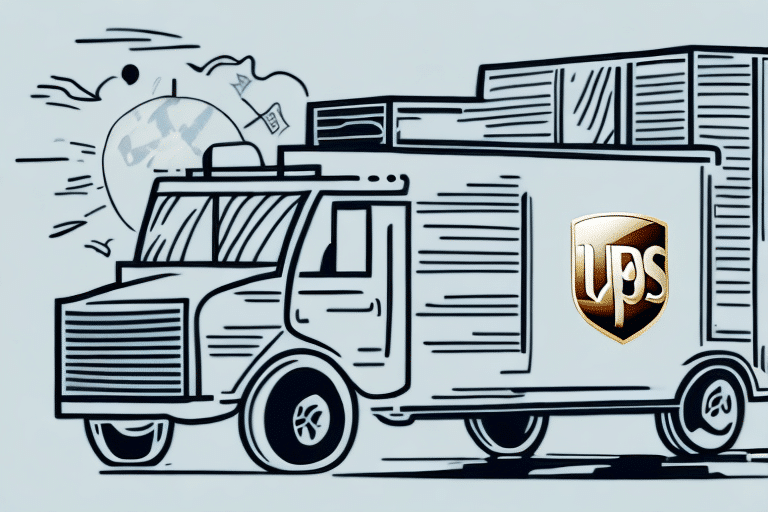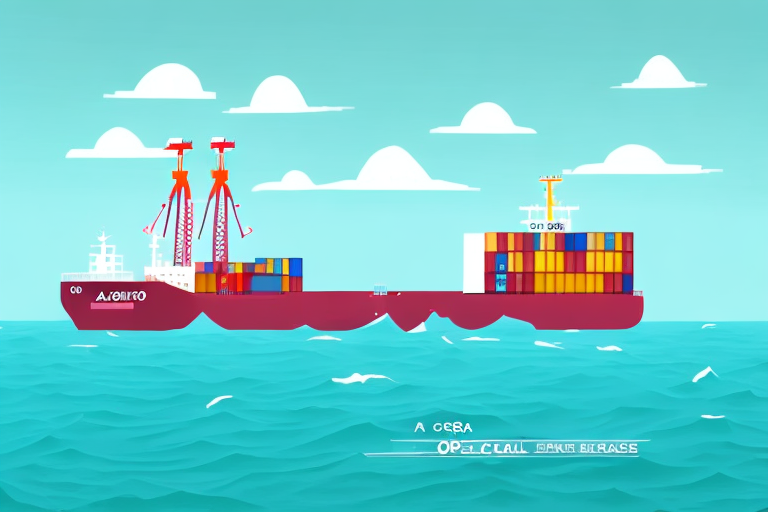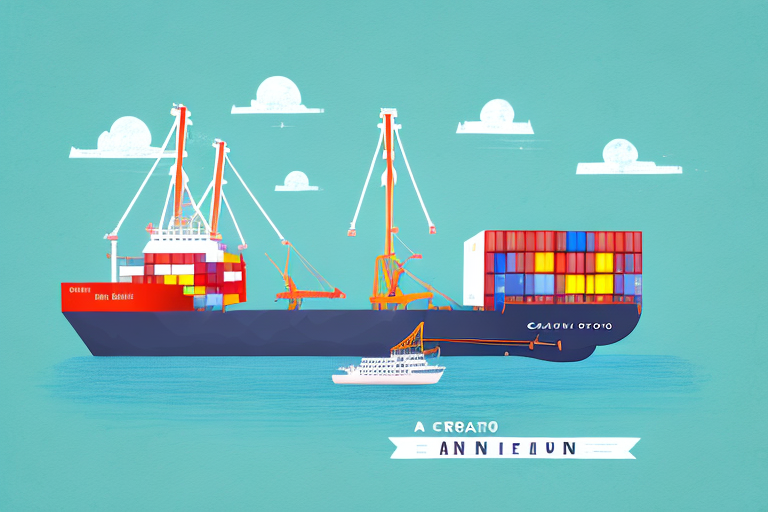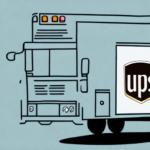Optimizing Shipping Costs: Combining CWT and Cube Weight Methods
In the competitive world of shipping logistics, businesses are constantly seeking ways to reduce costs and improve efficiency. One effective strategy involves combining CWT (hundredweight) and Cube (dimensional) weight methods. This comprehensive guide explores the benefits of this approach, the limitations of using UPS WorldShip, alternative solutions, and best practices to streamline your shipping process.
Understanding CWT and Cube Weight Methods
What is CWT (Hundredweight)?
CWT stands for "hundredweight," a traditional shipping metric that measures weight in 100-pound increments. It is primarily used for heavy freight shipments where actual weight significantly impacts shipping costs.
What is Cube (Dimensional) Weight?
Cube, or dimensional weight, calculates shipping costs based on the volume of a package rather than its actual weight. This method is beneficial for large, lightweight items that take up substantial space in a shipping vehicle.
How Do CWT and Cube Weight Work Together?
Shipping carriers typically compare the actual weight of a package to its dimensional weight and charge based on whichever is greater. By understanding both metrics, businesses can choose the most cost-effective method for each shipment.
Benefits of Combining CWT and Cube Weight Methods
Cost Optimization
Utilizing both CWT and Cube allows businesses to minimize shipping expenses by selecting the most economical method for each package. For example, small but dense items are cheaper to ship using CWT, while large but light items benefit from Cube pricing.
Compliance with Carrier Requirements
Different carriers have varying weight and size restrictions. Combining both methods ensures that shipments meet these requirements, avoiding additional fees or delays.
Enhanced Shipping Flexibility
By leveraging both weight methods, businesses can adapt to diverse shipping needs, accommodating a wider range of products and shipment volumes.
Challenges with UPS WorldShip
Limited Support for Combining CWT and Cube
UPS WorldShip, a popular shipping software, does not support the simultaneous use of CWT and Cube weight methods. This limitation forces businesses to choose one method per shipment, potentially resulting in higher shipping costs.
Manual Calculations and Increased Errors
Without software support, businesses must manually calculate both CWT and Cube weights to determine the most cost-effective option. This process is time-consuming and increases the risk of human error, leading to inaccurate shipping costs.
Impact on Operational Efficiency
The inability to automate the selection of the optimal weight method can slow down the shipping process, reducing overall operational efficiency and customer satisfaction.
Alternative Shipping Software Solutions
ShipStation
ShipStation is a cloud-based shipping software that integrates with multiple carriers, including UPS, USPS, FedEx, and DHL. It offers features such as batch label printing, automated order importing, and customizable packing slips. Learn more.
Fishbowl
Fishbowl is an inventory management solution that includes advanced shipping capabilities. It supports the combination of CWT and Cube methods and integrates with major carriers like UPS, FedEx, and USPS. Discover Fishbowl.
Others to Consider
Other notable alternatives include EasyPost and Shippo, both of which offer robust shipping integrations and cost optimization features.
Best Practices for Combining CWT and Cube Weight Methods
- Accurate Measurements: Ensure precise measurement of package dimensions and weight to select the appropriate shipping method.
- Utilize Advanced Software: Invest in shipping software that supports both CWT and Cube to automate calculations and reduce errors.
- Regularly Review Shipping Data: Analyze shipping invoices and data to identify cost-saving opportunities and adjust strategies accordingly.
- Stay Informed on Carrier Policies: Keep abreast of carrier-specific weight and size restrictions to avoid unexpected fees.
- Optimize Packaging: Use packaging materials that minimize volume without compromising the safety of the items, thereby reducing Cube weight charges.
Case Studies: Successful Implementation of CWT and Cube
Furniture Company Reduces Shipping Costs by 25%
A leading furniture company implemented a combined CWT and Cube strategy, selecting the most cost-effective shipping method for each order. This approach resulted in a 25% reduction in overall shipping costs.
Electronics Manufacturer Saves $15,000 Annually
An electronics manufacturer adopted Cube weight for bulk LCD screens and CWT for smaller, denser components. This strategic combination led to annual savings of $15,000 in shipping expenses.
Future Developments in Shipping Technology
Enhanced Software Capabilities
Future updates to shipping software like UPS WorldShip may include features that support the combination of CWT and Cube weight methods, further optimizing shipping costs.
Integration of AI and Machine Learning
Artificial intelligence and machine learning technologies are expected to play a significant role in automating weight method selections, improving accuracy, and enhancing overall shipping efficiency.
Conclusion: Weighing the Pros and Cons
Combining CWT and Cube weight methods offers substantial cost savings and operational benefits for businesses. While UPS WorldShip currently lacks support for this combination, alternative shipping software solutions provide viable options to achieve optimal shipping efficiency.
By adopting best practices, leveraging advanced technologies, and staying informed about carrier policies, businesses can effectively integrate both weight methods into their shipping strategies, resulting in reduced costs and improved customer satisfaction.




















